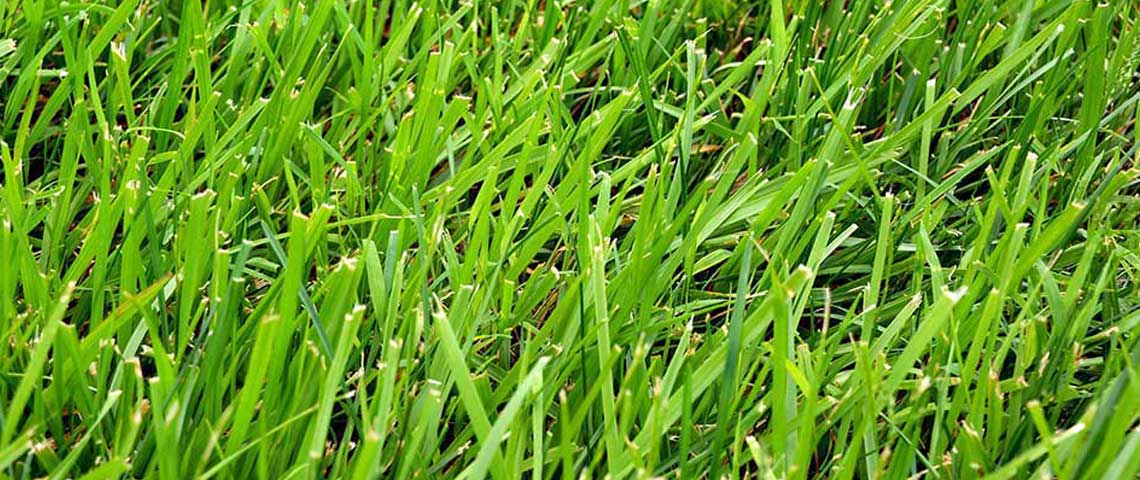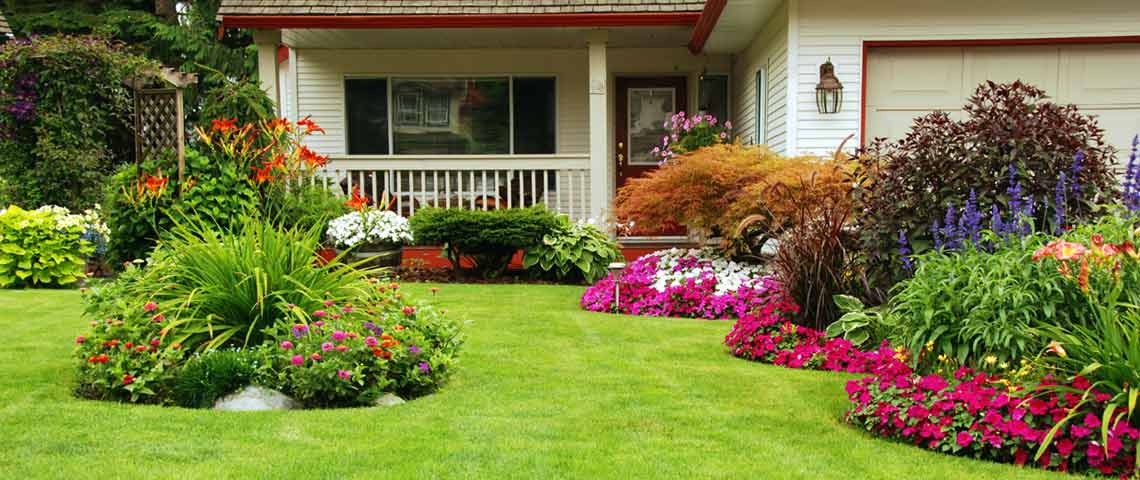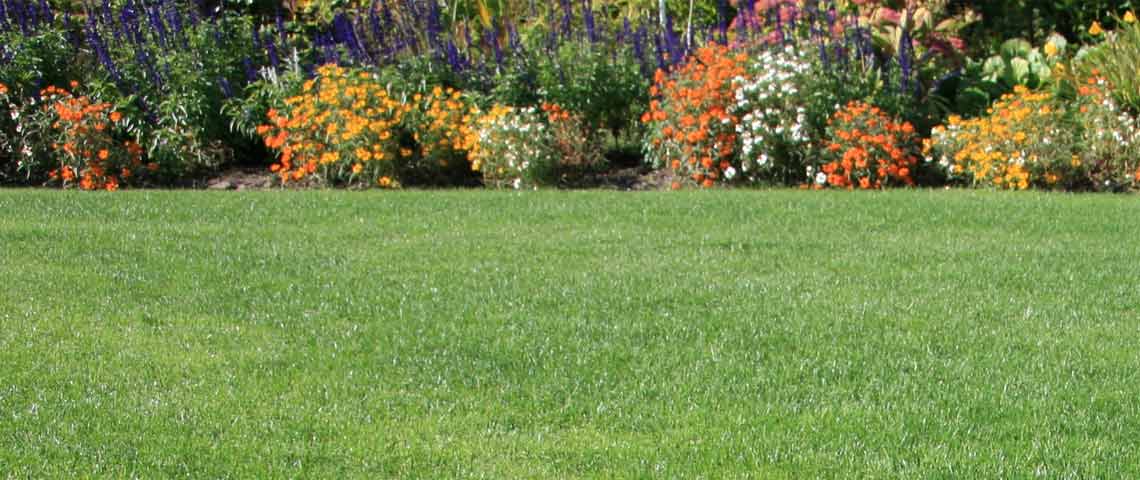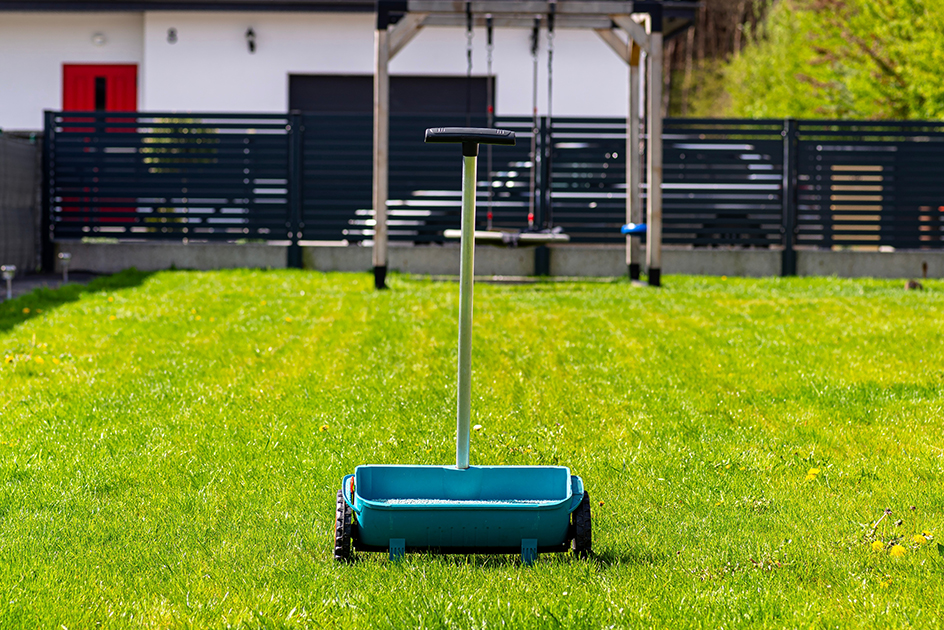How to Identify Your Lawn Grass
Knowing how to identify your lawn grass is an important step in meeting its needs and growing a beautiful, sustainable lawn. If you're starting a new lawn from scratch, knowing what grass you have is easy. But when your lawn came with your home, lawn grass I.D. can be a guessing game. These steps to grass identification can help you narrow the field, identify your lawn grass, and put you and your lawn on the path to success:
- Know Your Grass Growing Region
- Identify Common Cool-Season Lawn Grasses
- Identify Common Warm-Season Lawn Grasses
- Observe Lawn Grass Features
Know Your Grass Growing Region
Your location provides the first clue to your grass type. Just like landscape shrubs and flowers, lawn grasses have climate limits. For your grass to survive winters and summers year after year, it must suit your grass-growing region.
Most common perennial lawn grasses grown in the northern half of the United States are cool-season grasses. They get that name because their peak growth happens during the cool seasons of fall and spring. These common lawn grasses flourish in cool northern climates and die out in hot southern lawns.
Common lawn grasses in the country's southern half are warm-season grasses, which peak in growth during hot summer months. The cold temperatures found in northern lawns cause these grasses to die over winter.
If your lawn grass survives from year to year, identification starts with cool- or warm-season. In the transition zone, the region where northern and southern grasses hit their limits, your lawn may have cool- or warm-season grasses.

Identify Common Cool-Season Lawn Grasses
The following are some of the most common cool-season grasses found in U.S. lawns. These characteristics and features can help you identify your grass:
Fine fescue:
The most shade-tolerant common cool-season lawn grass, fine fescues grow well even in heavy shade. The finely textured grasses are key components in seed mixes designed for yards with dense shade. Fine fescues include creeping, spreading types and types with upright, clumping growth.
Kentucky bluegrass:
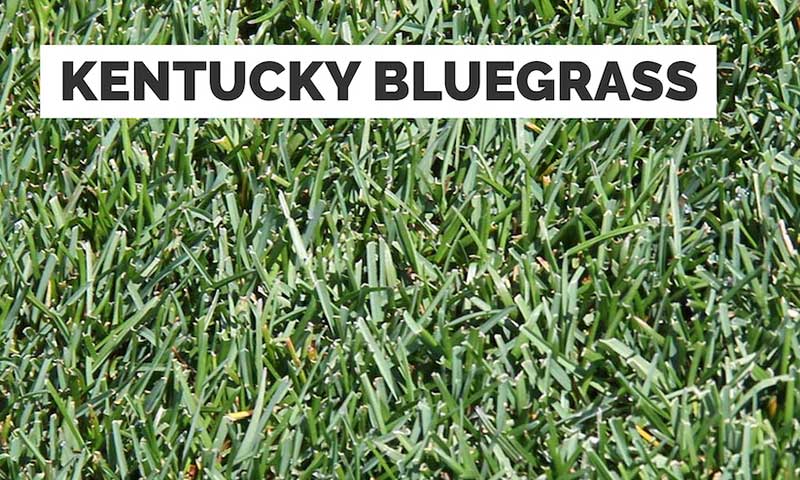
Known in the seed industry as KBG, Kentucky bluegrass thrives in full sun, creating a dense, aggressive grass that's prone to thatch buildup. This medium to finely textured grass has excellent cold hardiness. It's a common ingredient in sun and shade grass seed mixes.
Perennial ryegrass:
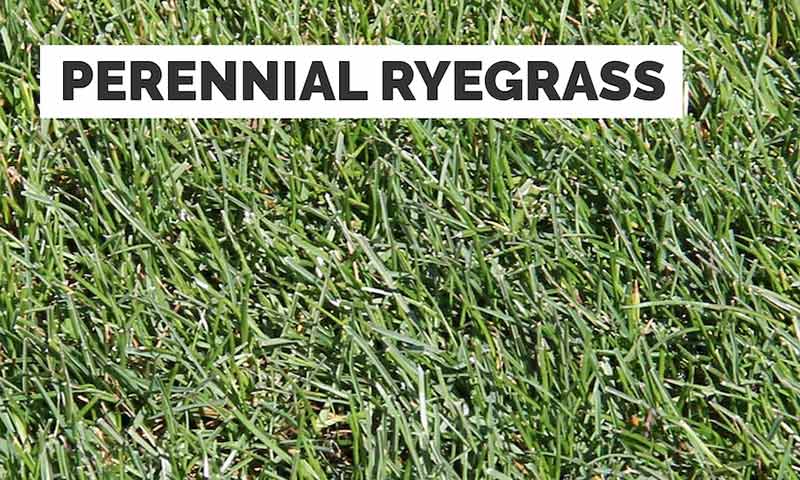
One of the fastest germinating grasses available, perennial ryegrass is used to establish permanent northern lawns and to overseed southern lawns for winter color. These fine-textured grasses do well in cool, humid climates where fungal lawn diseases often trouble grasses.
Traditional tall fescue:
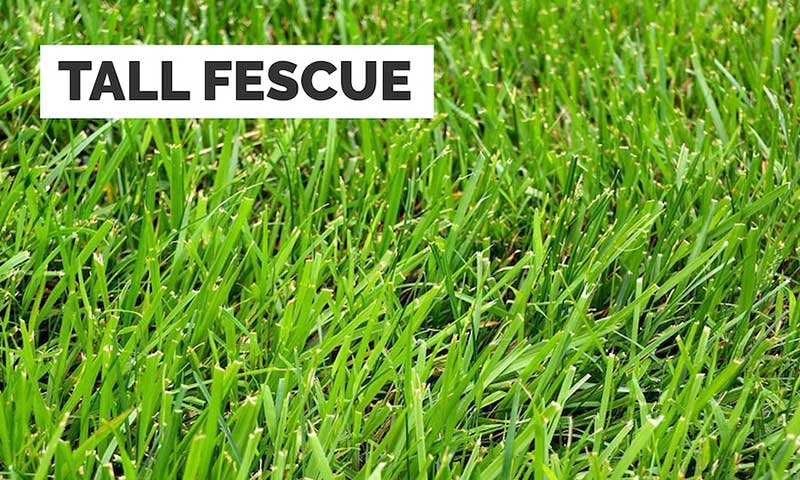
Kentucky 31 tall fescue is a traditional tall fescue that's an industry standard for durable, economical lawns. Next to fine fescues, tall fescues have the best shade tolerance of common cool-season grasses. Though coarser in texture, traditional tall fescues such as Kentucky 31 have excellent heat and drought tolerance.
Turf-type tall fescue:

Fast becoming the grass of choice for many homeowners in cool-season and transition-zone lawns, turf-type tall fescue grasses have excellent heat, drought and shade tolerance. These medium to finely textured grasses are shorter and darker than traditional tall fescue types.
Identify Common Warm-Season Lawn Grasses
The following are some of the most common warm-season lawn grasses found in U.S. lawns. These characteristics and features can help you identify your grass:
Bahiagrass:
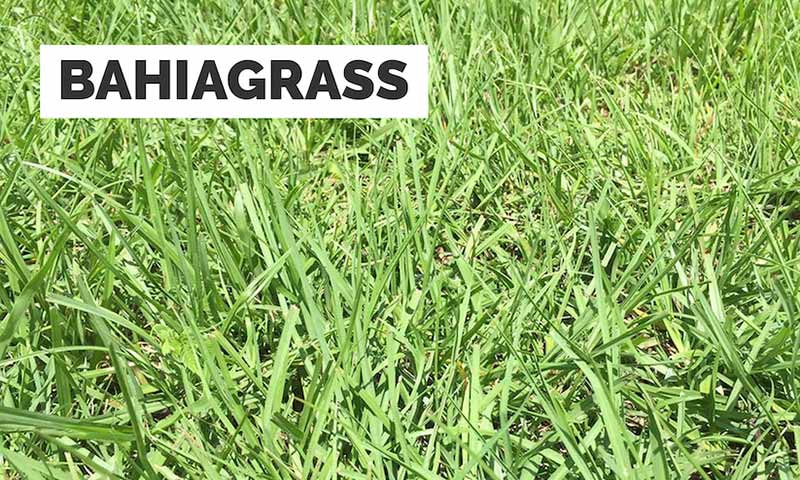
Rarely found in lawns outside the heat- and humidity-prone Southeast, Bahiagrass has excellent heat and drought tolerance. This coarse-textured grass does best in sandy, acidic soils, but its open growth habit often invites common lawn weeds.
Bermudagrass:
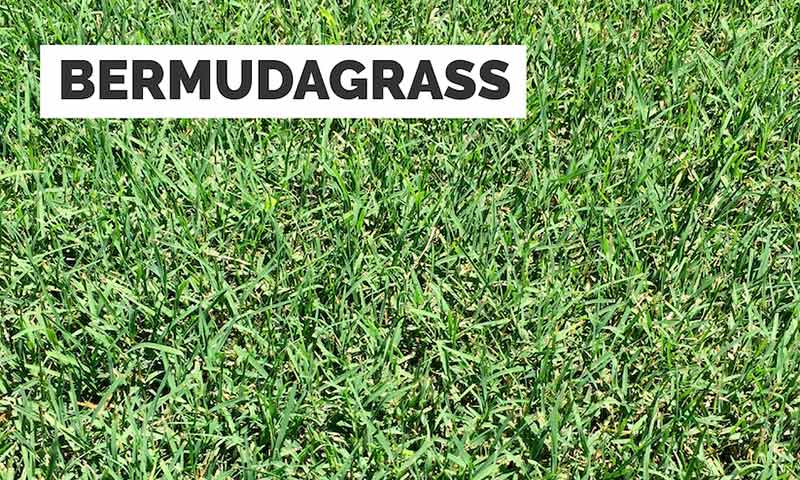
Extremely tolerant of heat and drought, deep-rooted Bermudagrass is among the most common of warm-season lawn grasses. This medium- to fine-textured grass requires full, direct sun and good drainage. Its aggressive, spreading growth often leads to thatch buildup.
Centipede grass:
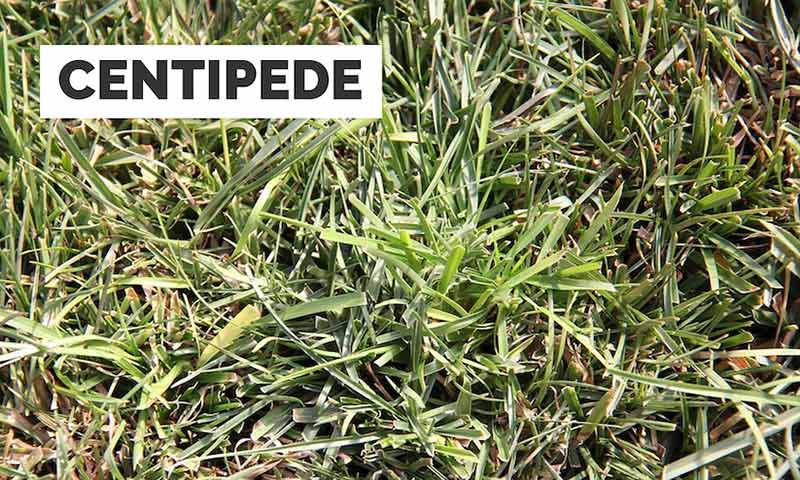
Low-maintenance centipede grass is known for its low, slow growth. Coarse in texture, it prefers sandy, acidic soils. It's typically limited to lawns in the Southeast, Southern Coastal Plains and Texas Gulf Coast.
Zoysia grass:
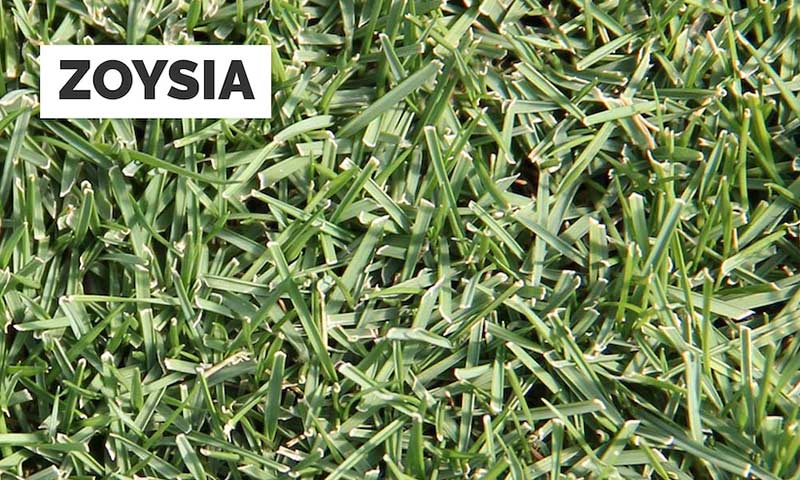
With greater heat and cold tolerance than other warm-season grasses, Zoysia grass stays green longer in fall and greens up earlier than other grasses in spring. Its dense, spreading growth makes it a candidate for regular dethatching.
Observe Lawn Grass Features
Once you've narrowed your search based on your growing region, look to similarities and differences between common grasses to help identify your grass type. Features such as color and texture are simple to see and feel, but other features require a closer look.
Grass types vary in the width of their blades and whether blade tips are sharp-pointed, rounded or boat-shaped. The arrangement of grass leaves in new shoots, called vernation, may be V-shaped and folded or circular and rolled. Your grass's growth habit also provides grass I.D. clues. Some types form clump-like bunches. Others spread via above-ground stems known as stolons, below-ground stems known as rhizomes or both. Investigating these features closely lays the groundwork for identifying your lawn grass type.
If you're still stumped about the type of grass you have, your local county extension agent may be able to help. If you take in a sample, take a whole plant from root to tip, including a seed head if you have it. Some agents may be willing to stop by and look at your lawn in person.
Once you've identified the grass in your lawn, you can take steps to improve on what you have. Backed by years of research and breeding, water-conserving Pennington Smart Seed grasses build on grass strengths and beauty with improved tolerances for stresses such as heat, drought, diseases and insects. Once established, these grasses require up to 30 percent less water than ordinary grasses—that's year after year, for the life of your lawn.
By learning how to identify your lawn grass, you can give it the care and maintenance it needs to become the lawn you've desired to own. Pennington is here to help with expert advice, premium lawn care products, and the finest grass seed possible.
Pennington and Smart Seed are trademarks of Pennington Seed, Inc.
Source:
1. North Carolina State University Center for Turfgrass Environmental Research and Education, "NCSU TurfFiles Grass Identification."

